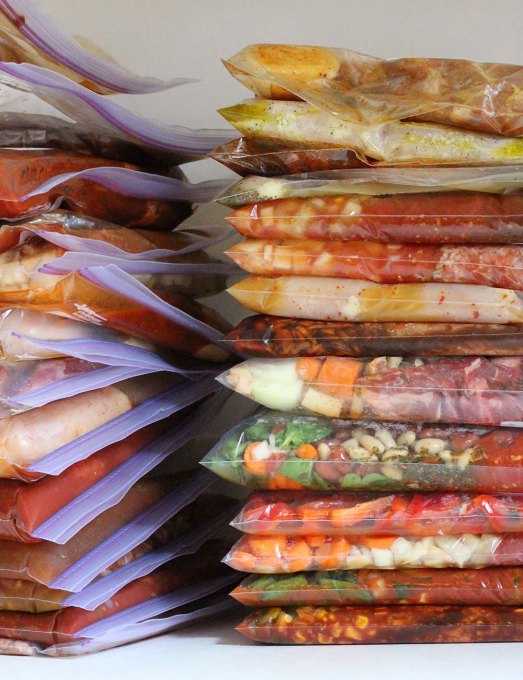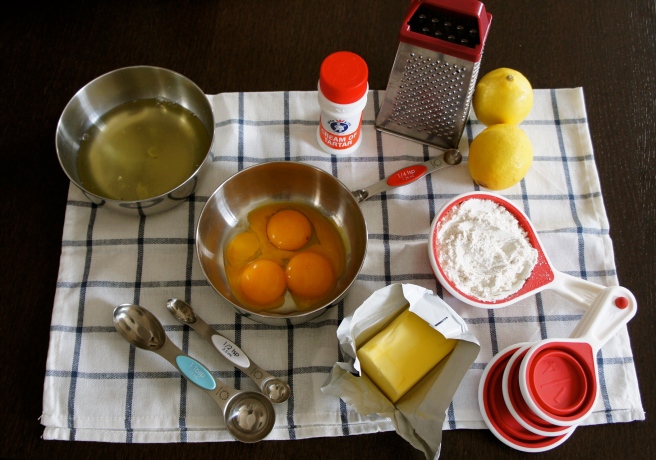Part of my job is staying within our grocery budget, while that isn’t always easy there are a few things I use to assist me.
- Have a Meal Plan
- Create a Shopping List
- Cook in bulk and use the freezer
- Work the sales (can relate directly to #3)

There are groceries that every family uses often. For example, my husband loves a particular kind of whole grain loaves of bread, we also used canned tomatoes in a lot of recipes. We watch these items and when they go on sale, on a GREAT sale, we stock up. You should be watching the prices regularly to know what a great sale is. For example a $1 off a loaf of the bread we get is okay, but 50% off is great. When this happens we typically buy 5-10 loaves. When Cheerios get down to a certain price we buy everything on the shelf.
How do I know what a good price is?
If you do the grocery shopping regularly, start looking at the prices and keep a mental note. If you want to get really good at tracking prices you could write them down, but that would really be a time investment, and time is money. As long as you know how much they generally go on sale that should be enough. When you see the prices drop lower than that, stock up.
What items should I look for?
I would recommend only doing this for items you use regularly and items you know how to store long term. For example, we use Tahini for making hummus, but I sure don’t use it regularly enough to buy 10 bottles when it goes on sale. Here are items we commonly buy in bulk when on sale:
- Bread (freeze)
- Shredded Cheese (freeze)
- Fresh Fruit (Chop and freeze for smoothies)
- Meats (cook and freeze or freeze individually raw)
- Any shelf stable item that you use regularly (i.e. chopped tomatoes, stewed tomatoes, beans, cheerios, pastas, rice, flour, grains etc.)
How often should I do this?
We leave enough margin in our budget that I can get what is on my list and stock up on anything on sale. The number one way to save money is to make a budget and STAY ON BUDGET, so if you haven’t put any margin in your budget, either up your budget OR cut back on other items so you can stock up when items go on sale. The goal is to never pay full price for items that regularly or occasionally go on sale. Continue reading →









